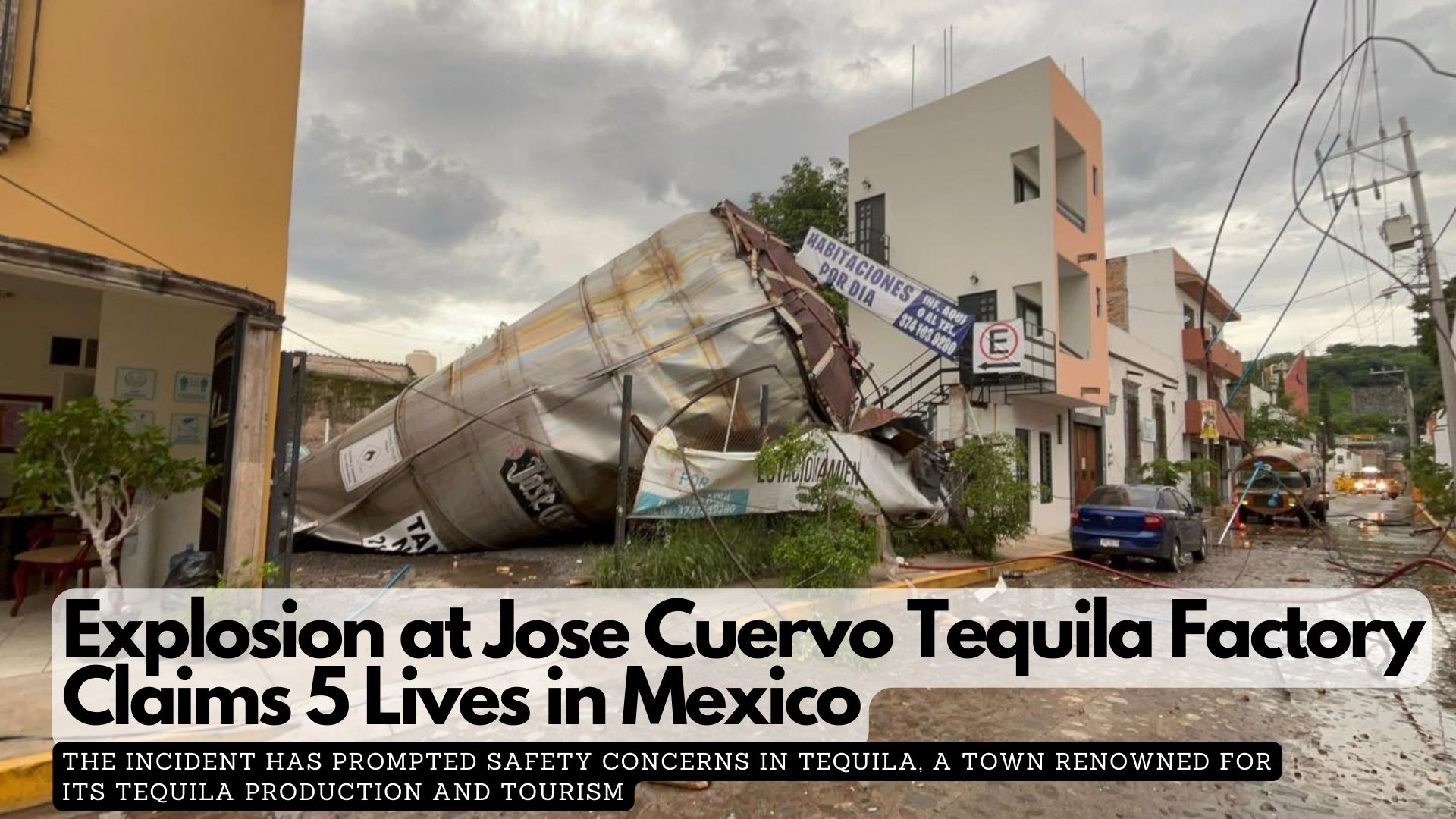An explosion and subsequent fire at a Jose Cuervo tequila factory in Tequila, Jalisco State, claimed the lives of at least 5 workers and left two injured, local officials confirmed. The disaster occurred at Casa Cuervo’s Rojeña distillery.
According to local officials, the explosion initially involved a tank, triggering fires in three additional tanks, each with a capacity of 219,000 liters. The cause of the explosion remains under investigation.
Emergency response teams, including 40 firefighting and civil protection units, swiftly mobilised to the scene to contain the blaze and assist affected personnel. In an official statement, Casa Cuervo expressed condolences and pledged full cooperation with authorities in their investigation.
The incident has prompted safety concerns in Tequila, a town renowned for its tequila production and tourism, with Mayor Alfonso Magallanes urging caution and advising residents to avoid the factory area amidst ongoing operations.
